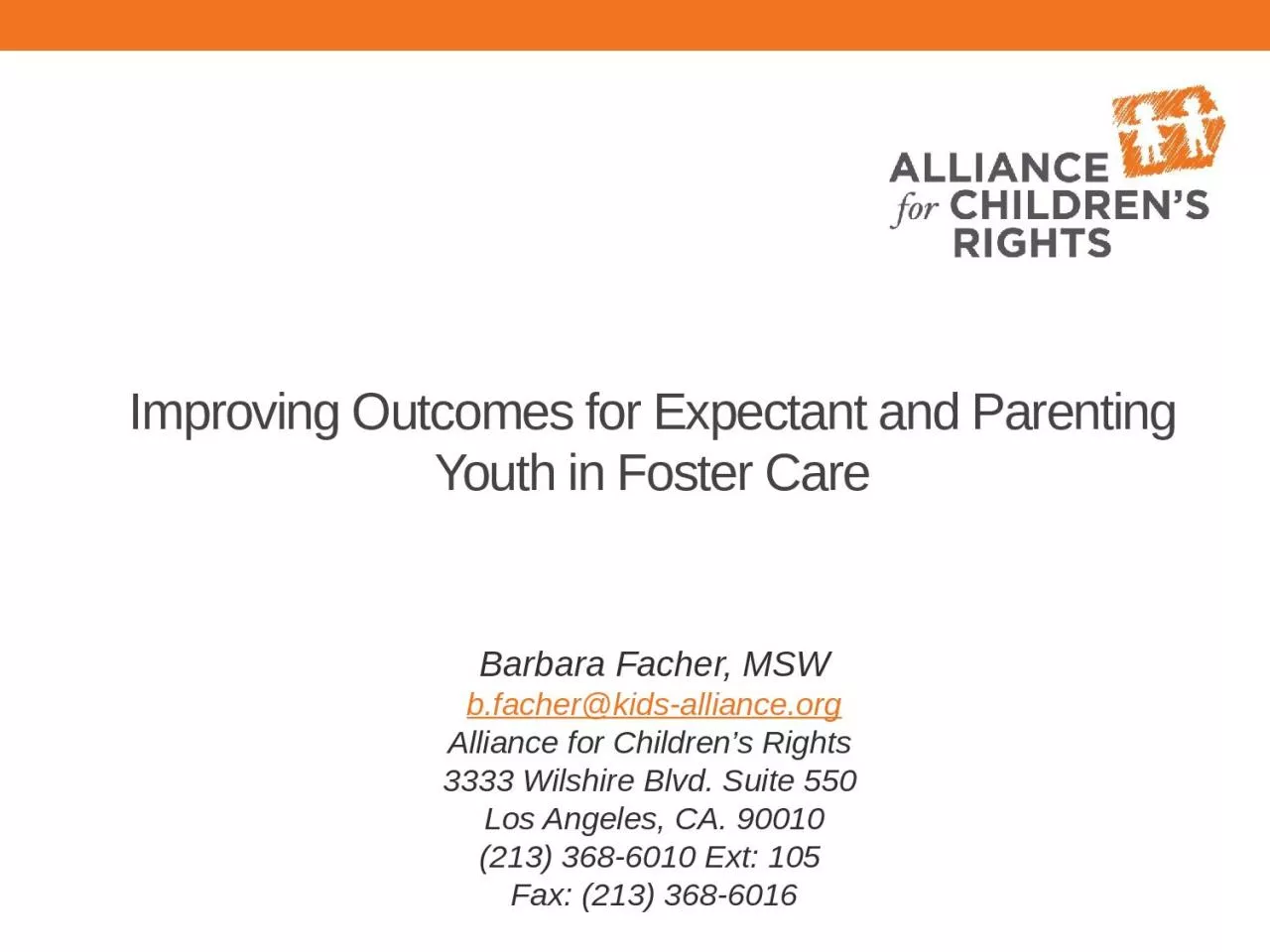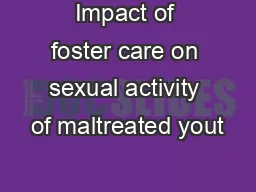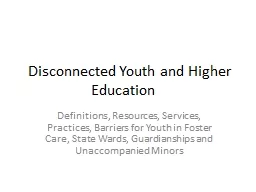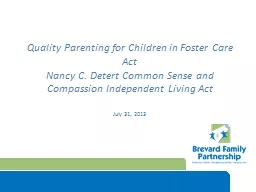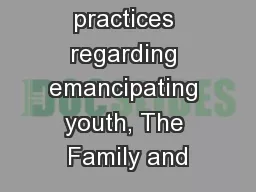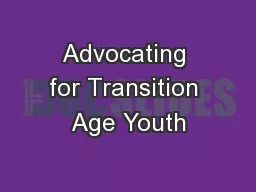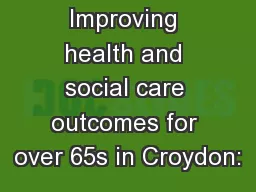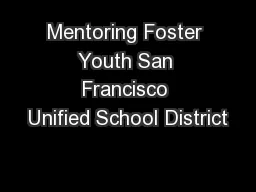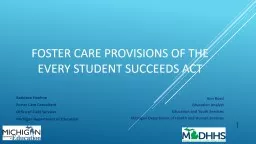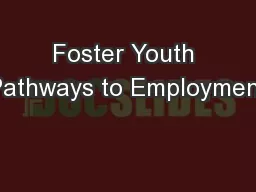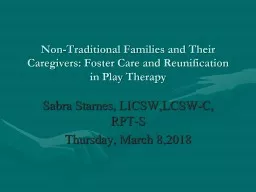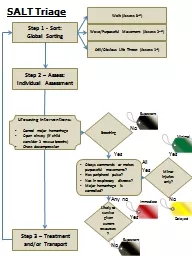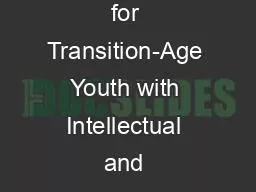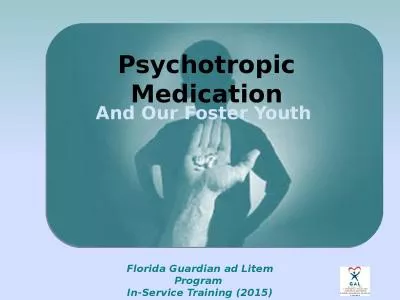PPT-Improving Outcomes for Expectant and Parenting Youth in Foster Care
Author : roxanne | Published Date : 2024-03-13
Barbara Facher MSW bfacherkidsallianceorg Alliance for Childrens Rights 3333 Wilshire Blvd Suite 550 Los Angeles CA 90010 213 3686010 Ext 105 Fax 213 3686016
Presentation Embed Code
Download Presentation
Download Presentation The PPT/PDF document "Improving Outcomes for Expectant and Par..." is the property of its rightful owner. Permission is granted to download and print the materials on this website for personal, non-commercial use only, and to display it on your personal computer provided you do not modify the materials and that you retain all copyright notices contained in the materials. By downloading content from our website, you accept the terms of this agreement.
Improving Outcomes for Expectant and Parenting Youth in Foster Care: Transcript
Download Rules Of Document
"Improving Outcomes for Expectant and Parenting Youth in Foster Care"The content belongs to its owner. You may download and print it for personal use, without modification, and keep all copyright notices. By downloading, you agree to these terms.
Related Documents

